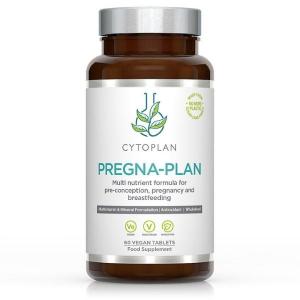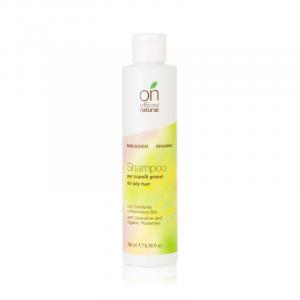Ascophyllum Nodosum
Other names: kelpa, Fucus nodosus Linnaeus, Fistularia nodosa (Linnaeus), Halicoccus nodosus, Physocaulon nodosum, Ozothallia nodosa (Linnaeus), Fucodium nodosum (Linnaeus), Ascophylla nodosa (Linnaeus), Ascophyllum nodosum var. siliquatum (Turner) Batters 1902, Rockw
Harm score: 1 (Natural substances)
Ascophyllum Nodosum, also known as kelp, is a brown-green seaweed that is naturally distributed mainly in the North Atlantic. Its other names may be Fucus nodosus Linnaeus, Fistularia nodosa, Halicoccus nodosus, Physocaulon nodosum, Ozothallia nodosa, Fucodium nodosum, Ascophylla nodosa or Ascophyllum nodosum var. siliquatum. However, its name is often shortened to Rockweed or Norwegian kelp. This seaweed is very attractive to industry, mainly because of its rich content of minerals, vitamins and trace elements such as iodine, magnesium, zinc, copper and molybdenum.
Ascophyllum Nodosum is used in a number of commercial products. It is included in some fertilizers and soil conditioners where it helps to increase the nutrient value of the soil and promote plant growth. It is also used in cosmetics, particularly in face masks and other skin care products due to its detoxifying and moisturizing properties. Finally, Ascophyllum Nodosum can also be found in foods and dietary supplements as it is a great source of iodine and other important minerals. It is also included in some types of livestock feed, where it serves to promote their general health and growth.
Ascophyllum Nodosum can be found in the following products

Pregna-Plan Multivitamin for pregnant and breastfeeding mothers, 60 tablets
Product detail
Shampoo for oily hair BIO (200 ml)
Product detail